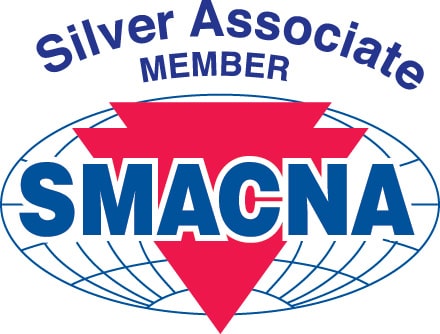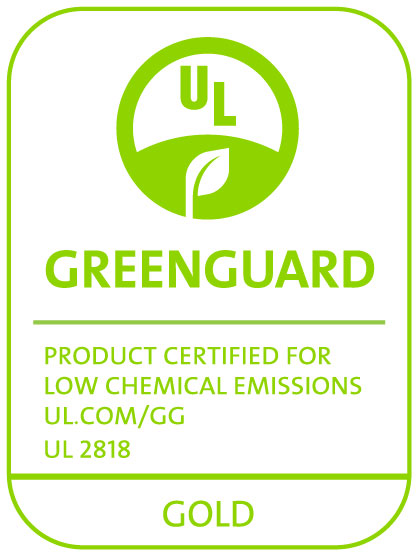Insulate means to prevent the passage of heat, electricity, or sound by surrounding the area of concern with a non-conductive material. Thermal insulation prevents the transfer of heat because it is not a good conductor (non-conductive).
The purpose of insulation on pipes is to:
- Save energy
- Improve process performance
- Condensation control
- Freeze protection
- Personnel protection
- Attenuate noise
- Reduce emissions
- Maximize the return on investment (ROI)
Although this post’s focus is on insulation on pipes, it will specifically address why to insulate water pipes for hot and cold systems.
Insulation For Water Pipes
Each pipe insulation type maintains various physical characteristics and working properties such as structure (closed versus open cell), rigid versus flexible, thermal conductivity (k-value), thermal operating range (upper & lower temperature thresholds), water vapor permeability (WVP), and fire safety performance (25/50), to name a few.
Since no two thermal water piping insulation types are the same, it’s important to understand their performance attributes (strengths & weaknesses) when selecting or specifying to maximize long-term performance and ultimately ROI for the building owner.
Three of the most common reasons for insulated pipes for water are to improve energy efficiency (reduce heat loss), control condensation, and provide freeze protection.
When saving energy (minimizing heat loss) is the primary success factor for insulated water pipes, choosing insulation that is thermally efficient (the lower the thermal conductivity, the better – i.e. 0.25 versus 0.29), is designed for the pipe operating temperature range and installed with the correct insulation thickness should all be taken into consideration. A lower k-value also translates into reduced insulation thicknesses.
Condensation control applies whenever the operating (service) temperature of the insulated water pipe will drop below the ambient temperature at any moment in time throughout the year. This is also known as a “below-ambient” system. Condensation will naturally occur on the surface of the insulated pipes for water if the correct insulation thickness is not installed.
Condensation, when left unchecked, will slowly attack the insulation on pipes, cause surface damage below the pipe, potentially penetrate below the insulation to the metallic pipe (copper or steel) and cause corrosion under insulation (CUI). CUI is preventable and costly!
Insulation on pipes is also critical in unconditioned spaces, such as mechanical rooms and other unoccupied spaces, to provide freeze protection. Heat trace tapes are also often installed on the insulated pipes for water and beneath the insulation to prevent broken pipes and costly water damage. Heat trace tapes should be “self-regulating” so the set temperature does not exceed the insulation’s upper service temperature.
Insulate Water Pipes Effectively
Calculating the correct water piping insulation thickness for your application is key to avoiding performance issues, system failures, and long-term performance. Factors such as pipe type (copper, steel, stainless steel, PVC), pipe size, fluid/gas operating temperature, ambient temperature, relative humidity, wind speed (exterior applications), and jacket type can be plugged into two different industry calculators to ensure successful outcomes.
For example, closed-cell water piping insulation is recommended for hot and cold water systems due to its closed-cell structure and inherent ability to effectively manage condensation. Closed-cell pipe insulation can be rigid or flexible, vary by thermal k-value, vary by water vapor permeability, and require (or not require) a protective jacket.
When evaluating the best water piping insulation for your project, closed-cell elastomeric foam insulation can address all of the purposes for insulated water pipe when correctly specified and installed.
- Saves energy: thermally-efficient: low k-value (0.245 @ 75°F)
- Process control: stable & durable
- Condensation control: closed-cell structure with a built-in vapor retarder
- Freeze protection: low thermal k-value, with or without heat trace
- Personnel protection: can be installed in thicknesses to reduce outer surface temperature
- Noise abatement: attenuates sound at lower frequencies (i.e. break-out noise)
- Emission reductions: conserves energy and reduces fossil fuel depletion
- Maximizes ROI: like many pipe insulation types, mechanical insulation delivers an ROI quicker than most building products
Aeroflex USA’s Aeroflex® brand of EPDM closed-cell elastomeric water piping insulation differs from commonly known NBR (nitrile butadiene rubber)/PVC-manufactured products in that Aeroflex is made from an EPDM (ethylene propylene diene monomer) rubber. EPDM is known, and many times preferred to NBR/PVC rubber, for the following reasons:
- Non-Polar: hydrophobic, does not induce or react with moisture
- Chemical structure: stable & durable
- Higher continuous temperature threshold of 257°F [125°C]
- Greater UV resistance
- Inherently microbial-resistant
- Non-corrosive over stainless steel
- Ultra-low PVC content: < 1%
In your personal life, you will find EPDM rubber components in your motor vehicles. Components such as hoses under the hood, weatherstripping in windows & doors, wiper blades, and more are selected by manufacturers due to EPDM’s durability to heat, moisture, and UV exposure.
When you need to insulate water pipes, AEROFLEX® closed-cell EPDM elastomeric foam is a proven and durable choice as reliable insulation on water pipes. To learn more, click here.
Sources:
https://www.energy.gov/energysaver/do-it-yourself-savings-project-insulate-hot-water-pipes












